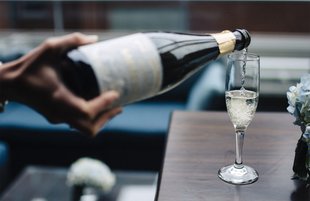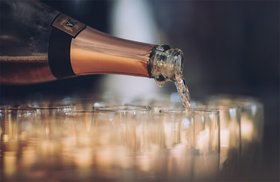A Handy Guide To Prosecco Alcohol Content
Italian Prosecco is a low-alcohol sparkling wine with a fruity flavour.
Typically, it has an alcohol content of around 10.5%-12.5% ABV (Alcohol By Volume), meaning 12.5% of the drink is pure alcohol.
It offers an easier drinking experience than higher alcohol content wines like South African Chenin Blanc and California Pinot Gris. In this article, we’ll look at the Prosecco alcohol content, whether it can get you drunk, and a few tips to cut down consumption. We will also discuss how Prosecco compares with other wines and its key differences from Champagne.
Further reading
Can Prosecco Get You Drunk?
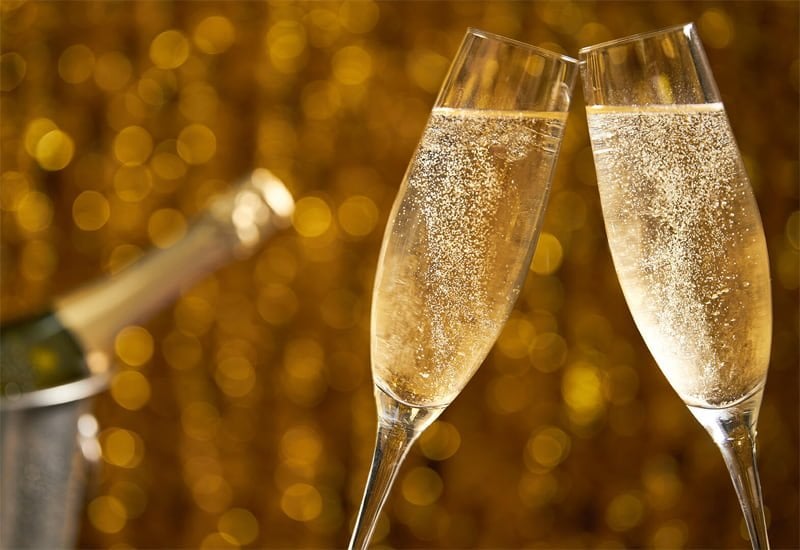
The refreshing flavors and low alcohol content of this sparkling wine are probably why you’ll love a glass of Prosecco!
However, have you noticed that you may start feeling tipsy right after a few sips?
Here’s why.
Prosecco wine, like all other sparkling wines, contains carbon dioxide, which stimulates better circulation and higher absorption of alcohol into the bloodstream.
So, even drinking 12.5% ABV Prosecco will result in a higher blood alcohol level than drinking a still wine of the same alcohol level.
Another reason why wine drinkers often splurge on Prosecco is because it is a low calorie wine. A 125 ml glass contains approximately 1.5g of sugar and around 60-80 calories.
Here is the sugar content of different Prosecco wines - a quick cheat for when you’re on a diet.
- Extra Brut Prosecco: Dry wine with 0g/L-6g/L residual sugar
- Brut Prosecco: Dry wine with 0g/L–12g/L residual sugar
- Extra Dry Prosecco: 12g/L-17g/L residual sugar
- Dry Prosecco: 17g/L-32g/L residual sugar
- Demi-sec Prosecco: Sweet wine with 31g/L-50g/L residual sugar
- Dolce Prosecco Extremely sweet wine with over 50g/L residual sugar
But, at the end of the day, everything comes to how much wine you consume.
Tips To Cut Down Prosecco Consumption

Here are a few tips to reduce your Prosecco wine consumption:
- Enjoy Prosecco as a sparkling white wine cocktail, such as Aperol spritzes, to reduce the amount of wine you consume per glass.
- Try a non alcoholic drink or a sparkling mocktail with the same taste and feel as Prosecco, like a zero alcohol Prosecco.
- Enjoy experiences that don’t revolve around an alcoholic beverage, like going for a walk or reading a book.
- At parties, keep your glass slightly away from you so you don’t feel the urge to constantly sip it.
- Replace your Prosecco with a low alcohol alcoholic beverage like a light beer.
Prosecco Alcohol Content Compared To Other Popular Wines
Here is how Prosecco’s alcohol content compares with other popular wines.
A. Low Alcohol Wines
These wines, including Cava and Moscato d’Asti, have the least alcohol percentage ranging from 5%-13.5% ABV.

B. Medium Alcohol Wines
Red and white wines, including Chenin Blanc and Merlot, have an alcohol range between 13.5%-14.5%.
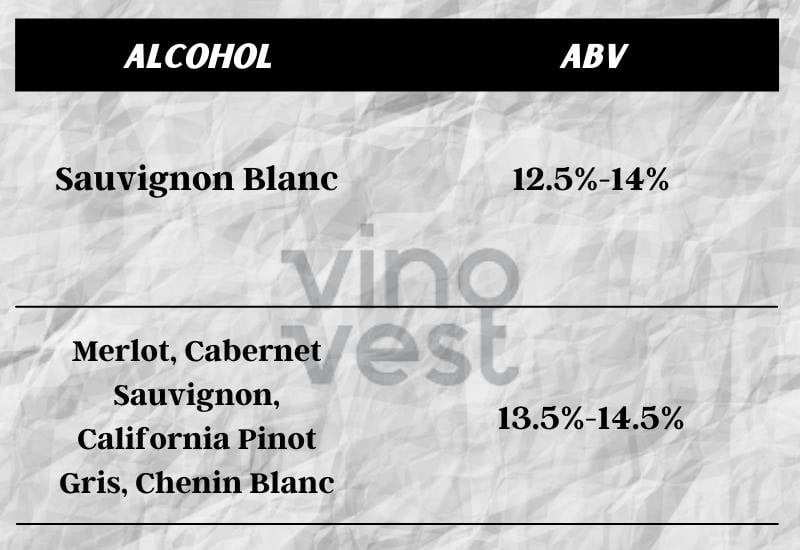
C. High Alcohol Wines
The wines with a higher alcohol content than 14.5% are mostly fortified wines, made as a dessert wine.

Now, let’s see how Prosecco differs from the world-famous Champagne.
Prosecco Vs. Champagne: Key Differences
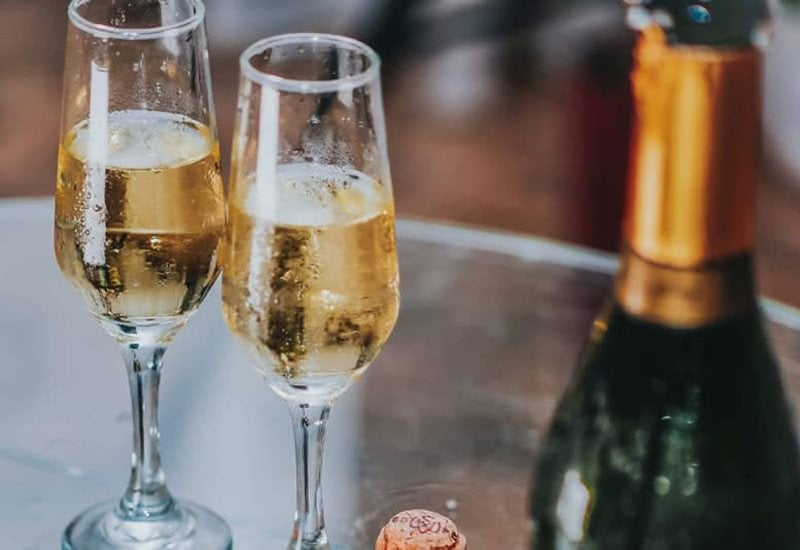
Here are the key differences between Champagne and Prosecco.
- Champagne is produced in the Champagne wine region of Northeast France, while Prosecco white wine hails from Veneto in Northern Italy.
- Champagne is primarily made from Pinot Noir, Chardonnay, and Pinot Meunier grapes.
Prosecco is predominantly made from the Glera grape variety (formerly called the Prosecco grape.) However, DOC and DOCG rules allow up to 15% of other grape varieties like Pinot Noir, Pinot Grigio, Pinot Bianco, and Chardonnay in the blend.
- Champagne is made using the traditional method (the second fermentation takes place in a bottle), while Prosecco is made from the Charmat method (second fermentation in pressurized steel tanks.)
- Champagne can be white, rose, or red while Prosecco can be spumante (sparkling wine), frizzante (semi sparkling wine), or tranquillo (still wine.)
- A standard Champagne serving is 5 ounces and contains about 110 calories. Prosecco is served in 4 ounce servings and contains low sugar content and around 60–80 calories.
- Champagne has a yeasty flavor profile with brioche and cream notes. Prosecco is typically a dry wine with a fruity flavor profile.
Fun Fact: Prosecco superiore is always a spumante wine and only comes from the Conegliano Valdobbiadene Prosecco and Asolo Prosecco DOCG areas.
Sip On A Bottle Of Prosecco Now!
Prosecco is an easy-drinking, low calorie wine that is an exciting addition to celebratory events, especially a splendid Bisol or La Marca Prosecco bottle.
But do remember to moderate your consumption as these wines can quickly increase your blood alcohol level despite having a low alcohol percentage.
Looking to add fine wines to your wine collection?

Vinovest is a leading wine investment company that can help you buy, store, and sell wines like California Chardonnay, Spanish Cava, and Bordeaux red wine.
